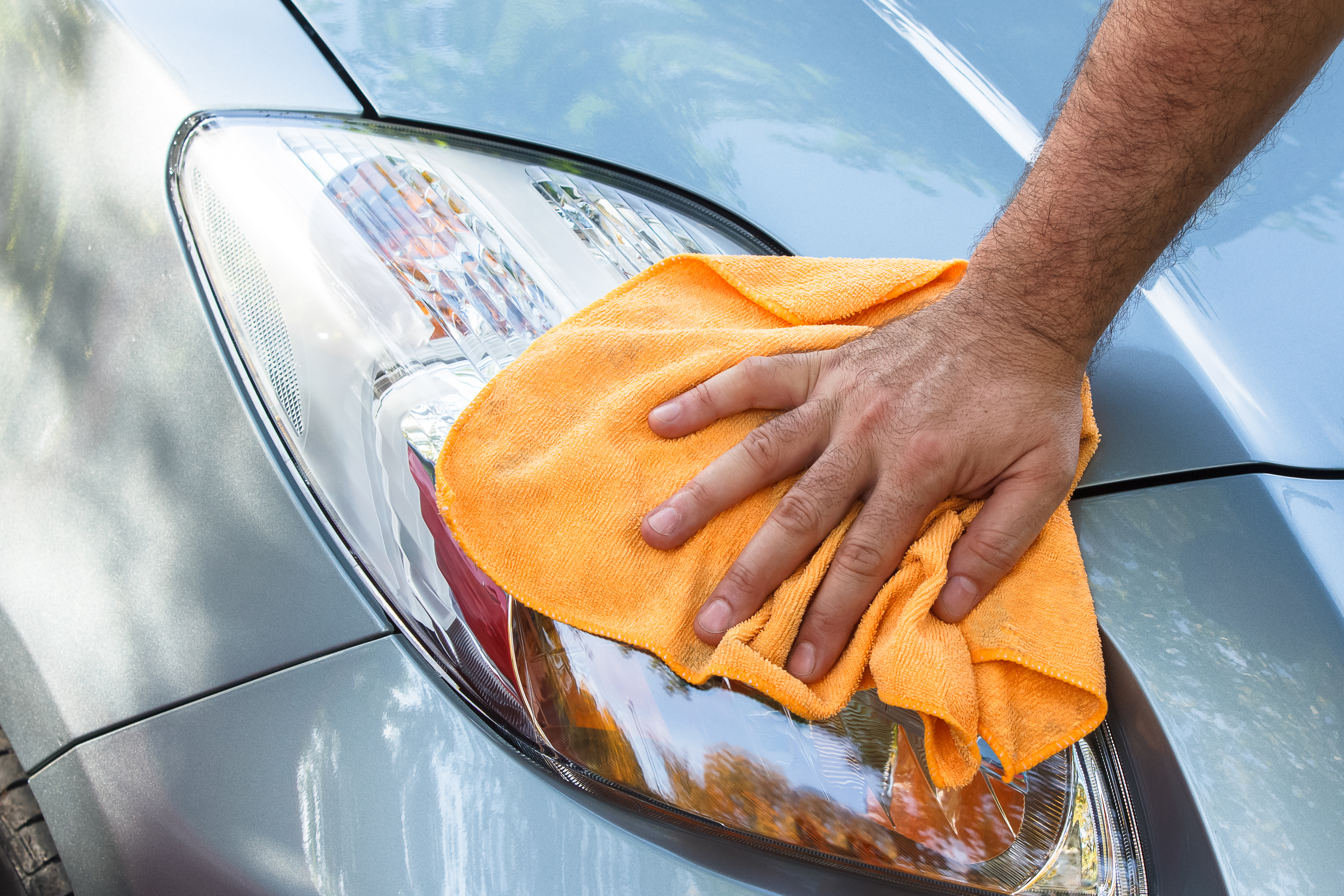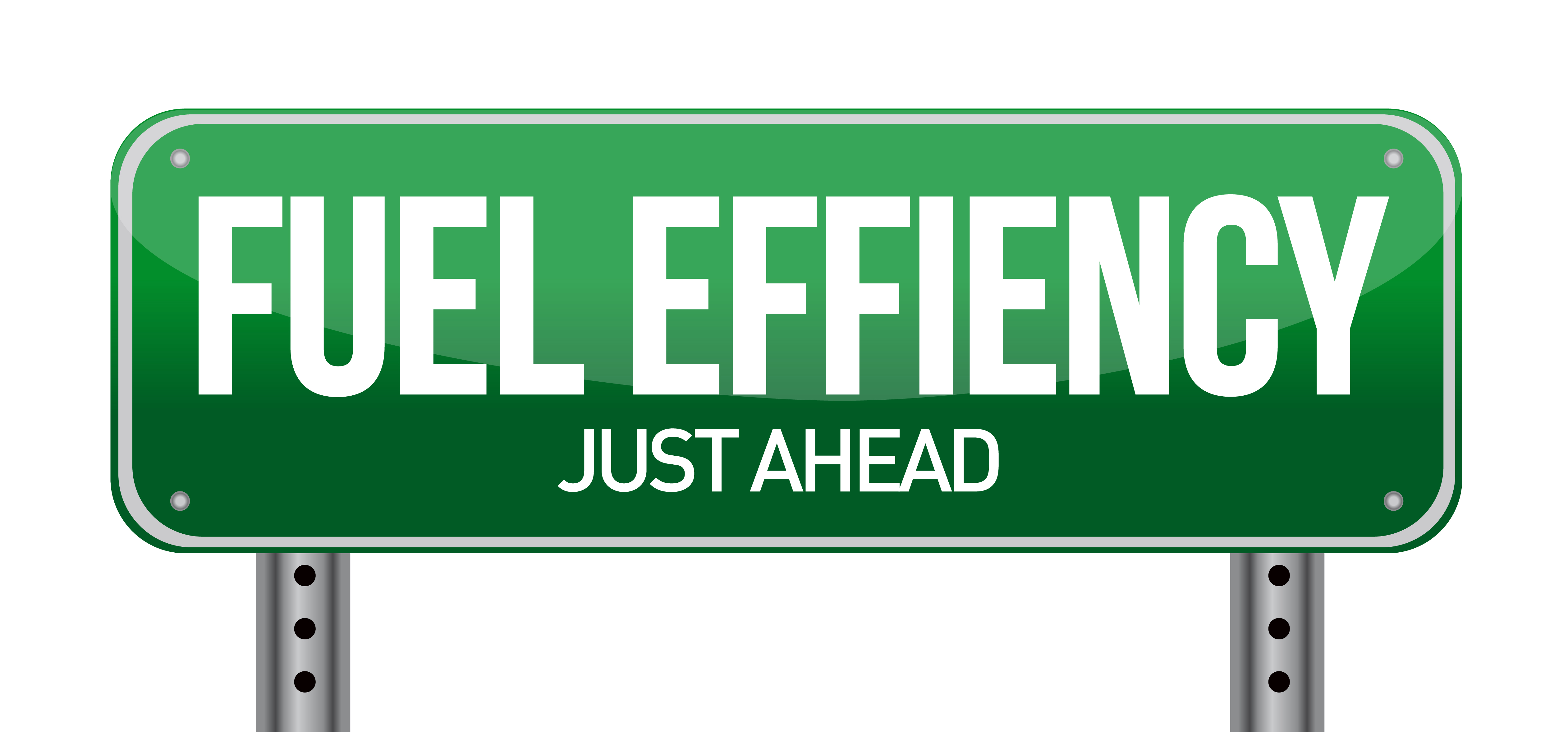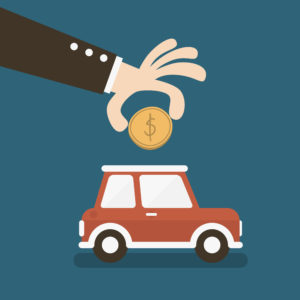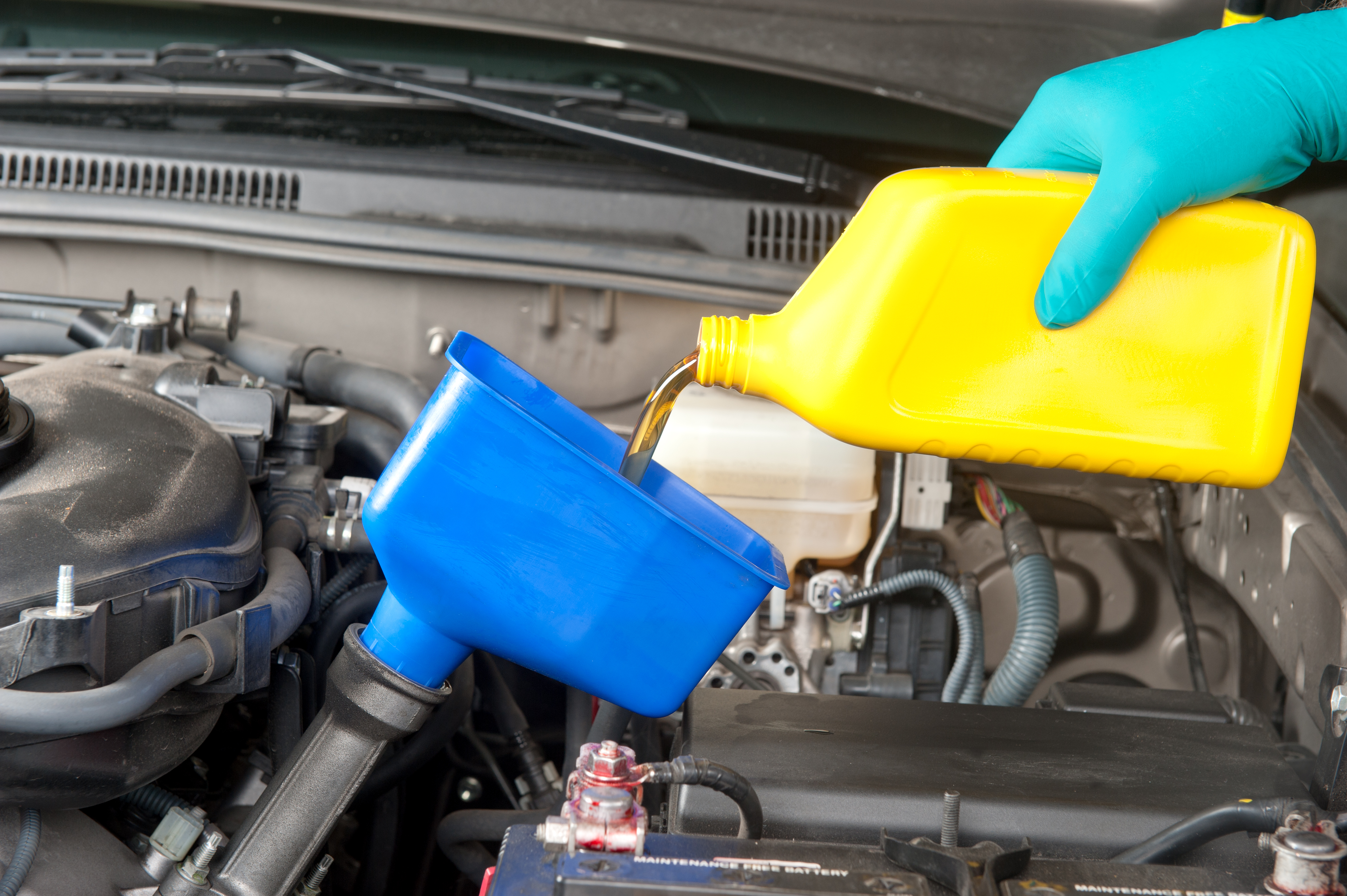What Car Insurance Covers
Liability Insurance
Insurance that pays if you are at fault is required in all states but New Hampshire. In New Hampshire you must be able to show that you can provide sufficient funds to meet the New Hampshire Motor Vehicle Financial Responsibility Requirements, according to the State of New Hampshire Insurance Department. Your insurer issues liability insurance limits in increments such as $30,000 for one person, $60,000 for two or more injuries and $25,000 for property damage. This often appears as 30/60/25 coverage and covers if you are liable or responsible for payment.
Comprehensive and Collision Insurance
If you want to insure your vehicle if you are at fault, you need to purchase collision insurance. If you have collision insurance and have an accident, your insurer will pay for repairs to your vehicle after you pay the deductible amount set in the policy. Comprehensive insurance, on the other hand, covers theft or damage to your car from falling objects or a windstorm, for example. Anything that the insurance policy does not cover by collision insurance comes under comprehensive insurance for your car. If you have a new car or if you have a lien on your vehicle, comprehensive and collision insurance may be required.
Uninsured and Underinsured Motorist Coverage
Uninsured motorist coverage protects you and your vehicle from damages if someone hits you who has no insurance. Underinsured motorist coverage applies if the person who hit you does not have sufficient insurance to pay for your vehicle or injuries. Another class covered by uninsured or underinsured motorist coverage is hit and run. If you or the police cannot identify the individual or vehicle that hit you, your uninsured and underinsured motorist coverage will pay the claim.
Insurance Rates for Coverage
The kind of vehicle you drive, the age of the car, your age and sex, your credit rating and even the cost of repairs may figure into the cost of your insurance. Liability insurance rates are regional and high-accident cities or counties have higher rates. Your driving record and age are important for liability insurance rate calculations. Comprehensive and collision insurance pays for repairs to your vehicle and you may choose a high deductible to decrease the premium cost. In case of accident, you pay the deductible amount before the insurer pays. If you have an expensive vehicle, the cost of your insurance is higher because repairs are more expensive. Minivans and SUVs are cheaper to insure, according to Smart Money website. This is because driver profiles show that individuals driving these vehicles don’t drive much at night and do not use the vehicle for transportation to work.
Quick Money Savings Tip For Safe Drivers
There are dozens of auto insurers – Which one will give you the best rate?
Step 1) Choose your vehicle make below.
Step 2) On the next page, complete the 4 minute questionnaire, and you'll have the opportunity compare the best rates in your area.
Step 3) Keep more money and possibly save hundreds!










